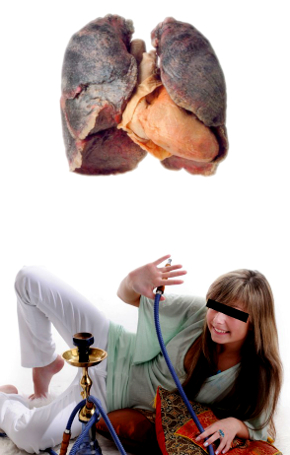Looking cool washes over cancer risk for teens
 Young people are being swayed by the “relaxing” and “fun” image of a dangerous smoking device, and researchers say it must be addresses in order to cut future addictions.
Young people are being swayed by the “relaxing” and “fun” image of a dangerous smoking device, and researchers say it must be addresses in order to cut future addictions.
The use of the “hookah” or “water pipe” to consume slowly-burning forms of flavoured tobacco has been made more acceptable by its depiction as a fun and sociable activity.
But just as other forms, smoking hookah tobacco exposes the user to substantial toxic risks including carbon monoxide, nicotine, carcinogens and tar.
Researchers say the initiation of this behaviour is concerning, and the positive perception needs to be broken down.
A new study has found that harping on about health risks to teenagers may not be the best way, but the hookah trend can be combated by changing the depiction of the drug, and letting its popularity reduce itself.
The study surveyed 569 first- and second-year university students two times over a seven-month period about their attitudes, knowledge and behaviours regarding hookah smoking.
Despite most saying they were aware of the health dangers associated with hookah tobacco smoking at the beginning, 13 per cent of students still went on to use a hookah for the first time.
Observers found students were much more likely to take up the hookah if they had positive attitudes toward the smoking device - which is frequently seen as relaxing, pleasurable, fun and erotic – and also if they thought it was a socially-accepted practice among their peers.
In real terms, the researchers say clear policy to regulate of hookah tobacco, bars and cafes may one way to counteract the positive attitudes young adults hold toward this form of smoking.
The study has been published in the journal Nicotine & Tobacco Research.







 Print
Print